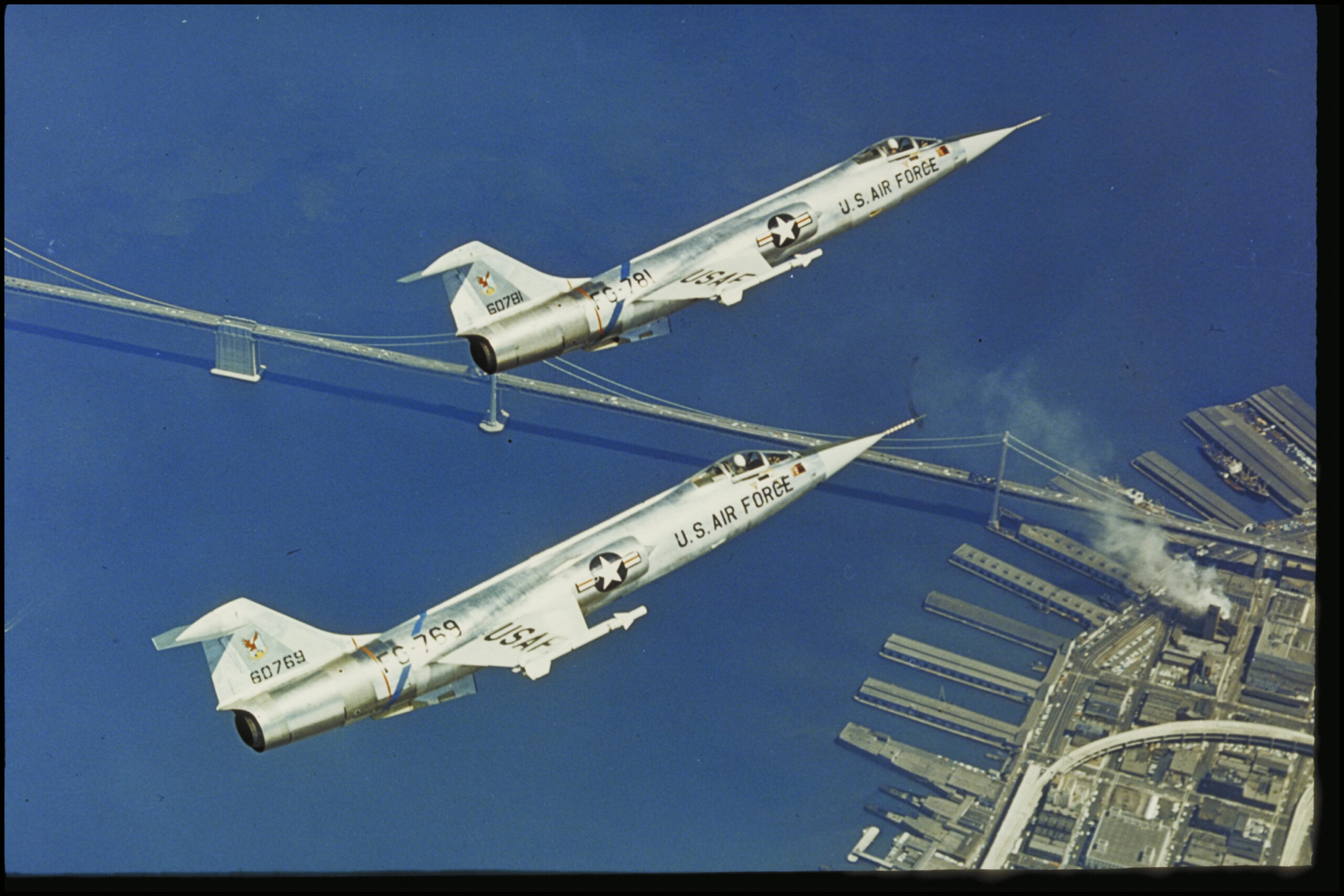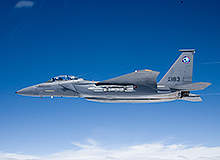Terran
Well-Known Member
noted for future reference.

 www.thedrive.com
www.thedrive.com
First images of the F15EX in the Primer. 8 were purchased for delivery this year. Initial units use F110 GE 129. This may change as there is now to be a competition with P&W’s F100 PW 229.

Here Is Our First Look At One Of Boeing's New F-15EX Eagle Fighter Jets For The Air Force
Air Force just awarded Boeing a contract worth nearly $23 billion related to these aircraft, which includes the purchase of the first lot.
First images of the F15EX in the Primer. 8 were purchased for delivery this year. Initial units use F110 GE 129. This may change as there is now to be a competition with P&W’s F100 PW 229.





